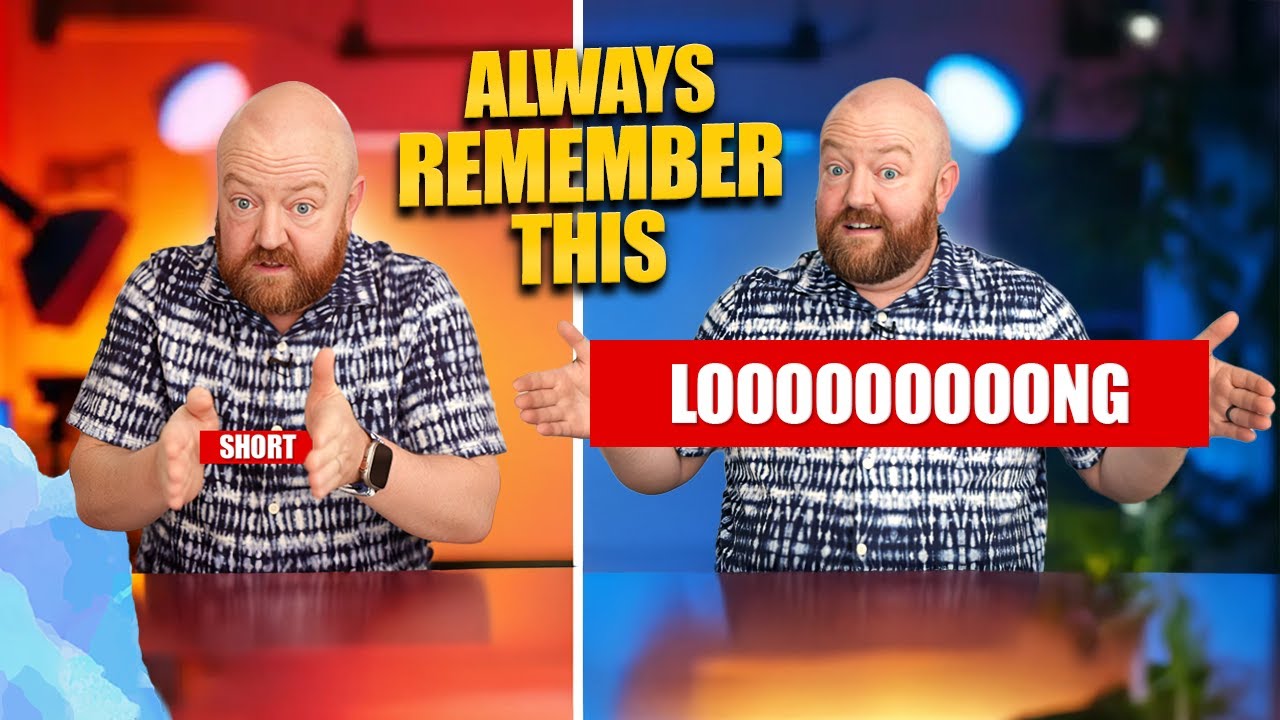Advertising your business can be an overwhelming task with so many options available. It can feel like navigating a maze, but don’t worry—by the end of this article, you’ll have a clear understanding of how to advertise your business effectively. We’ll explore the different options, weigh their pros and cons, and help you determine which strategy suits your business best.
The Power of Billboards: Are They Effective?
When considering advertising options, billboards may not be the first thing on your mind. However, for certain businesses, they can be an effective way to get noticed. Billboards offer excellent visibility, but this comes with both benefits and limitations.
Pros of Billboards:
- Visibility: Billboards are hard to miss, and their large format guarantees attention.
- Local Targeting: For businesses such as restaurants, hotels, or real estate companies, billboards can effectively target a local audience, especially drivers.
Cons of Billboards:
- No Audience Segmentation: Billboards lack precision targeting. You can reach everyone in a specific geographic area, but you can’t refine your audience based on factors like age, gender, or interests.
- Limited Impact for Some Industries: While effective for certain sectors like hospitality and local services, billboards may not offer much value for other types of businesses.
One of the most bizarre trends in advertising is the use of gimmicks like a gorilla on a rooftop. While some car salespeople believe it’s effective, it might not be the best approach for your business.
Paid Advertising: Immediate Results, But at What Cost?
In the digital age, paid advertising on platforms like Facebook, Google, LinkedIn, and YouTube can provide rapid visibility for your business. But before you dive in, let’s explore the pros and cons.
Pros of Paid Advertising:
- Immediate Visibility: Once you pay for an ad, it’s live. There’s no waiting around to see results.
- Scalability: Once you’ve found an ad that works, increasing your ad spend can bring more leads.
- Fast Iterations: You can easily test different ad types, landing pages, and strategies, making it simple to optimize over time.
Cons of Paid Advertising:
- High Costs: The biggest downside to paid ads is the cost. In the early stages, you may burn through money while testing and fine-tuning your campaigns.
- Temporary Results: Paid ads stop once you stop paying. When your budget runs out, the exposure ends.
- Learning Curve: Managing paid ads can be complex, requiring you to continually optimize your campaigns to stay profitable.
- Low-Quality Leads: Paid ads often bring in a high volume of low-converting leads, which can make it hard to see a return on investment initially.
Organic Advertising: Long-Term, Sustainable Growth
Organic advertising is about building your brand and audience through non-paid methods, such as content creation. While it may take time to see significant results, the benefits can be worth the wait.
Pros of Organic Advertising:
- Cost-Effective: Organic content, such as blog posts or videos, requires no paid ads, which makes it a cost-effective way to grow your business.
- Evergreen Content: Good content keeps working for you over time. Unlike paid ads, organic posts continue to bring in leads long after they’ve been published.
- Relationship Building: Organic marketing helps foster relationships with your audience. As people engage with your content, they begin to trust you, which can lead to higher-quality leads.
- Referral Quality Leads: Because organic content nurtures relationships, when people reach out to you, they are more likely to trust you, turning them into high-quality leads.
Cons of Organic Advertising:
- Time-Consuming: Organic marketing takes time to show results. You won’t see the immediate visibility that paid ads offer.
- Slower ROI: It can take a few months before you start generating meaningful leads. However, once momentum builds, you’ll likely see more consistent growth.
Finding the Right Balance: Paid vs. Organic
The question is: which approach is best for your business? The answer may lie in a combination of both.
My Recommendation: Start with Facebook ads to quickly fine-tune your marketing funnel. As you optimize your paid campaigns, simultaneously build your organic presence on YouTube. Creating content on YouTube can bring in long-term, organic traffic that complements your paid efforts.
The Power of YouTube SEO: YouTube is no longer just a video platform—it’s a powerful content search engine. Google owns YouTube, which means video content often ranks highly in search results. With the right SEO strategy, your YouTube videos can work for you long after they’re published.
By integrating both paid and organic strategies, you can maximize your visibility while building a sustainable lead-generation system. While paid ads give you the instant boost, organic content keeps working in the background, helping you build a strong foundation for future success.
Conclusion
Advertising your business doesn’t have to be complicated. By understanding the pros and cons of each strategy—whether it’s billboards, paid ads, or organic marketing—you can choose the right path for your business growth. Start by testing paid ads for immediate visibility while simultaneously building your organic presence for long-term results.
To learn more about using YouTube to drive business growth, be sure to check out my next episode on YouTube SEO and the LEAF strategy—it’s a game-changer for businesses looking to thrive in the digital space.





